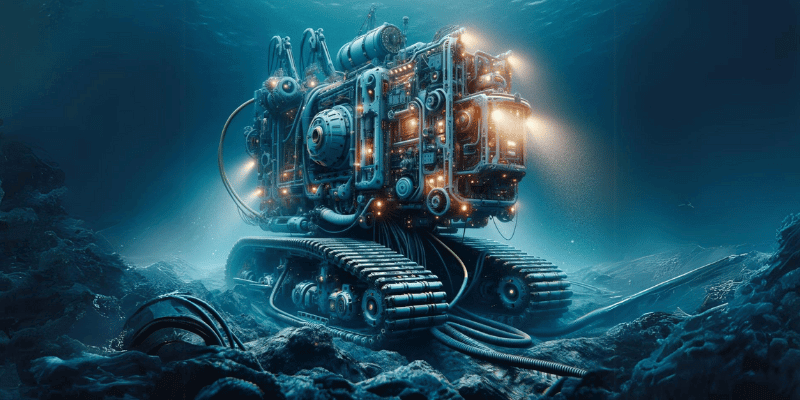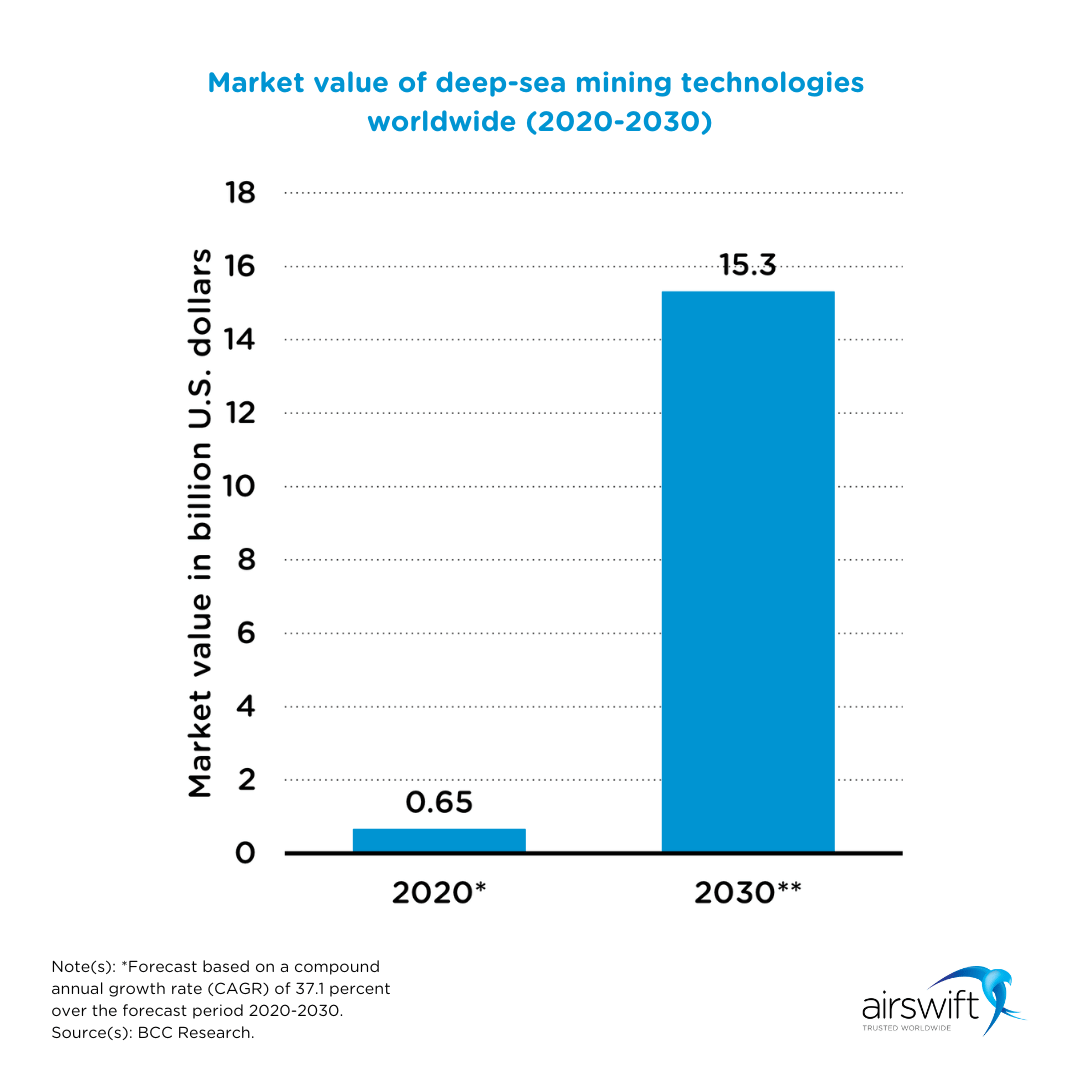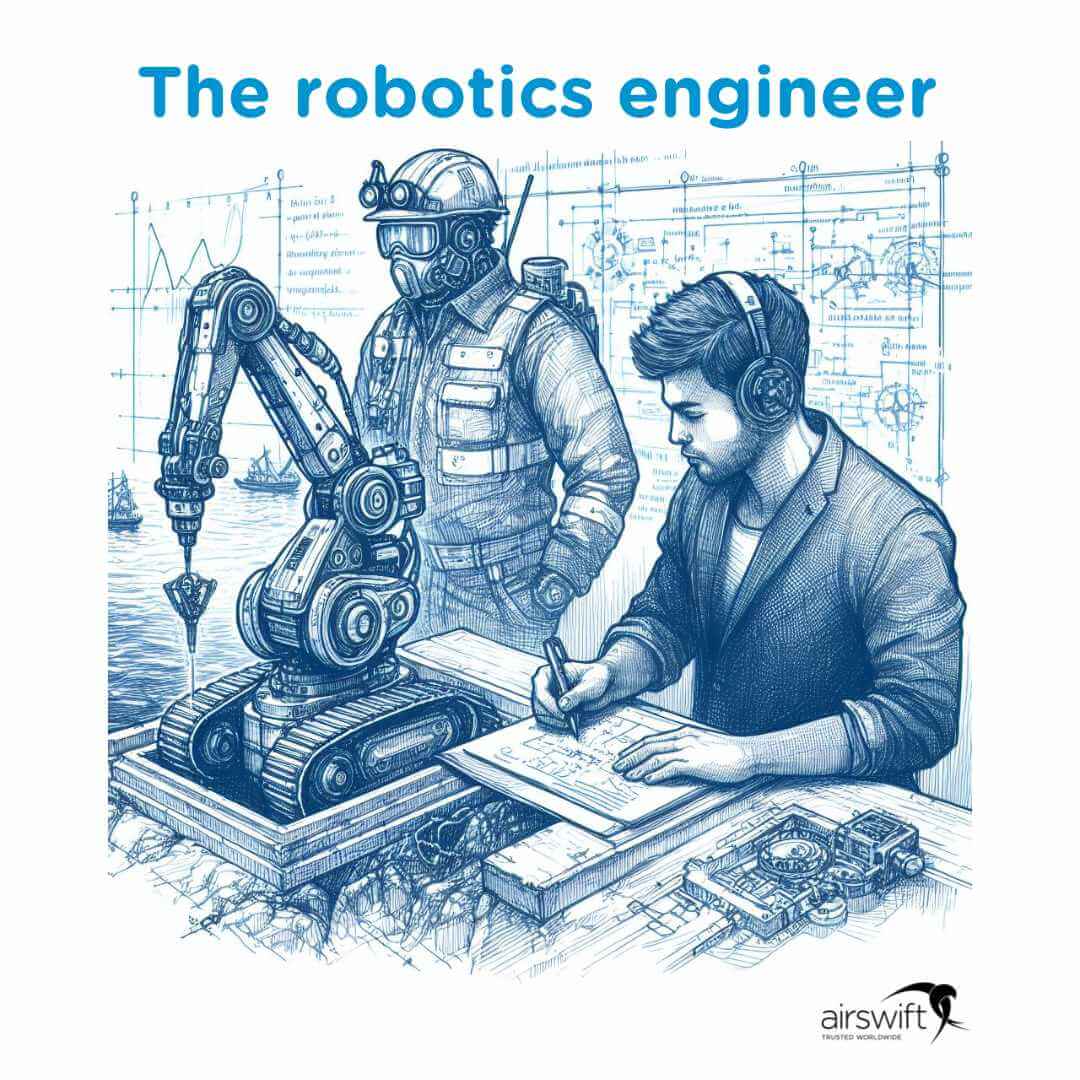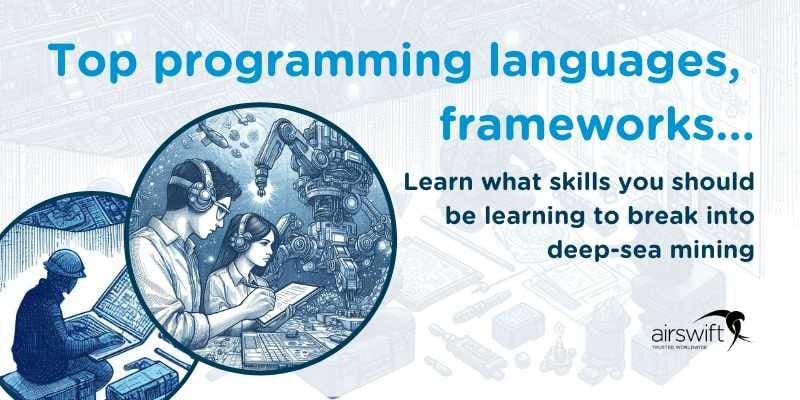
By
Raphael Santos
January 3, 2024
Updated
January 3, 2024
Deep-sea mining is an emerging industrial activity in climate tech involving the extraction of minerals and metals from the ocean floor at depths ranging from 200 meters to 6,500 meters.
Deep-sea mining technology is still in the experimental stage and no commercial mining has been done yet. However, there are 19 exploration licenses for polymetallic nodules in international waters granted by the International Seabed Authority (ISA), an organisation created to deal specifically with deep-sea mineral resources. There are also several countries and companies that are developing or testing deep-sea mining equipment and technologies.
Table of Contents
The rise of the deep-sea mining industry
As the world transitions to a low-carbon economy, the demand for minerals such as copper, cobalt, nickel, and rare earth elements is expected to rise significantly. These minerals are essential for the production of renewable energy technologies, electric vehicles, batteries, and other green innovations.
Deep-sea mining could potentially provide a large and alternative source of these minerals, especially in regions where land-based mining is limited or constrained.

The challenges faced in the deep-sea mining sector
Deep-sea mining, like many advancements, presents challenges for climate tech companies. This technology may carry potential risks to marine ecosystems and biodiversity.
The removal of nodules and the creation of sediment plumes from mining operations can disrupt the delicate balance of life on the ocean floor. The recovery of these ecosystems could take decades, or even centuries, due to the slow growth rates of deep-sea creatures and the fragile nature of their habitats.
In addition to the potential impact on abyssal plains, deep-sea mining near hydrothermal vents could harm species that rely on these unique environments for survival, as well as release toxic compounds into the surroundings. The potential impacts of deep-sea mining vary depending on the site, with each location harbouring different species, habitats, and ecosystems.
International treaties and bodies
To help protect the deep ocean, organisations like ISA are developing frameworks and regulations to manage mining activities. These measures include establishing regional environmental management plans and no-mining areas to safeguard marine ecosystems and biodiversity within the deep sea.
The United Nations Convention on the Law of the Sea (UNCLOS) is another important association on that subject and serves as the principal international treaty governing deep-sea mining, providing guidance for humankind's care of the sea. UNCLOS has established a legal framework covering various aspects like territorial waters, exclusive economic zones (EEZs), and international waters.
The science of deep-sea mining
The science behind deep-sea mining technology can be complex, as it involves various concepts and new practices. However, the animation below, narrated by Professor Thomas Peacock from MIT, provides an illustrative explanation of how these vehicles travel to the depths of the ocean, collect nodules, and transport them to the surface.
To gain a comprehensive understanding of this advanced technology, it is crucial to familiarise oneself with the formation of the seabed and concepts like polymetallic nodules and hydrothermal vents. Now that you have a visual understanding of deep-sea mining, let's explore its process in detail.
Seabed formation
The deep ocean contains various formations rich in precious metals, such as abyssal plains and seamounts.
Abyssal plains are vast, flat areas that cover nearly 50% of the Earth's surface and are home to unique ecosystems and metal-rich deposits. Seamounts, on the other hand, are underwater mountains with high biodiversity that can also harbour valuable minerals.
Polymetallic nodules and hydrothermal vents
Two primary targets for deep-sea mining include polymetallic nodules and hydrothermal vents. Polymetallic nodules are potato-sized rocks rich in metals like manganese, nickel, copper, and cobalt. These nodules are typically found in abundance on abyssal plains and can take millions of years to form by accumulating minerals from seawater and sediment.
Hydrothermal vents are spots on the ocean floor where hot, mineral-rich fluids spew from the Earth's crust due to volcanic activity. These vents create unique ecosystems and form metal-rich mineral deposits called "black smokers."
The expected technological innovations in deep-sea mining
There have also been significant advancements in the technologies used in deep-sea mining. Companies like The Metals Company are investing in state-of-the-art, eco-friendly mining techniques aimed at minimising harm to the environment and reducing greenhouse gas emissions. These innovative methods are expected to play a crucial role in addressing both economic and environmental considerations in the future prospects of deep-sea mining.
- Advancements in technology:
- Cleaner and more efficient extraction methods
- Emphasis on recycling and reusing materials
- Reduction of waste and pollution
- Environmental benefits:
- Reduced carbon emissions
- Minimised impact on marine biodiversity
- Sustainable development
The deep-sea mining job market
The global market for deep-sea mining was valued at $650 million in 2020. Projections for the future are even more optimistic, with a valuation of nearly $15 billion by 2030. This suggests a scenario with potential for emerging unicorns and job opportunities, particularly in STEM roles.

The jobs in demand for deep-sea mining
While still in its early stages, the deep-sea mining industry has begun to define the STEM jobs that are growing in demand. Let’s take a look at the most in-demand jobs right now:
Remote operated vehicle (ROVs) specialists: ROVs play a crucial role in deep-sea mining. They are used for exploration, surveying, and collecting minerals from the ocean floor. Professionals skilled in operating, maintaining, and managing these vehicles are essential.
Autonomous underwater vehicle (AUVs) experts: Similar to ROVs, AUVs are essential for mapping and exploring the seabed. Experts in AUV technology are needed to develop, operate, and maintain these autonomous systems.
Cutting and collecting machine operators: These machines extract minerals from the sea floor. Skilled operators who can manage these complex machines are in high demand.
Pumping system engineers: These engineers are responsible for designing and maintaining the systems transporting collected minerals to the surface.
Environmental scientists: Given the potential ecological impacts of deep-sea mining, environmental scientists are crucial for assessing and mitigating environmental risks. They play a key role in ensuring sustainable and responsible mining practices.
Marine geologists and oceanographers: Professionals in these fields are essential for understanding the geology of the ocean floor and the distribution of mineral deposits. Their expertise is critical in identifying potential mining sites.
Robotics engineers: As a lot of the mining equipment is remotely operated, experts in robotics and precise control systems are crucial. They are responsible for the development and maintenance of these sophisticated systems.
Data analysts and GIS specialists: These professionals are needed to analyse the vast amounts of data collected from undersea explorations and to manage geographic information systems (GIS) for mapping and planning mining operations.
Software engineers: They specialise in developing and maintaining software. In the context of robotics, this would involve programming the software that controls the robot.
But which job takes the #1 spot?

In the context of the deep-sea mining industry, the most critical tech role is a robotics engineer. This role is vital due to several key reasons:
Operation and maintenance of underwater vehicles: Robotics engineers are essential for designing, operating, and maintaining the remotely operated vehicles (ROVs) and autonomous underwater vehicles (AUVs) that are central to exploration and mining operations in deep-sea environments.
Innovation in robotic technology: The unique challenges of deep-sea mining, such as extreme pressures, low temperatures, and limited accessibility, require innovative robotic solutions. Robotics engineers are at the forefront of creating and implementing these technologies.
Integration of systems: They play a crucial role in integrating various systems within underwater vehicles, including navigation, propulsion, and tool operation systems. This integration is key to ensuring the vehicles can perform complex tasks required in deep-sea mining.
Enhancing operational efficiency: Robotics engineers can contribute to making deep-sea mining operations more efficient and cost-effective. Improving underwater robotic systems' capabilities and reliability can help reduce operational risks and enhance productivity.
Environmental monitoring and impact assessment: They also develop robotic systems used for environmental monitoring and impact assessment, which are crucial in ensuring that deep-sea mining is conducted responsibly and sustainably.
The role of a robotics engineer can have different titles, including automation engineer, mechatronics engineer, control systems engineer, electromechanical engineer, and robotics system engineer.
These titles can be found depending on their specific role, the industry they work in, and the focus of their work. Looking to hire one? See in our job board if the talent you seek is a match!
The difference: robotics vs. software engineers
Robotics engineers and software engineers, while closely related, are distinct roles, especially in specialised fields like deep-sea mining. Here's a brief comparison:
Robotics engineers
- Focus on the entire robotic system: Robotics engineers work on the overall design and functioning of robots. This includes mechanical and electrical aspects, as well as the software that controls these systems.
- Multidisciplinary knowledge: They often have a broad knowledge base, including mechanics, electronics, and computer science. They are responsible for integrating these different systems into a functional robot.
- Real-world interaction: Robotics engineering is heavily focused on how robots interact with the real world, which includes understanding sensors and actuators, as well as the physical design of the robot.
Software engineers
- Focus on code and algorithms: Their primary focus is on writing code, developing algorithms, and ensuring that the software functions correctly and efficiently.
- May not involve hardware aspects: Unlike robotics engineers, software engineers may not always be involved in the hardware aspects of the robots. Their role is more centered on the software that runs on the hardware.
Most in-demand tech skills for the deep-sea mining industry

When considering the essential tech skills for the deep-sea mining industry, the top 5 are:
- C++ and python: These are essential for developing and programming ROVs and AUVs, crucial components in deep-sea exploration and mining operations.
- ROS (Robot Operating System): A key framework for robotics, vital for creating and managing software that controls underwater robotic systems.
- Data management and big data technologies: Skills in handling, storing, and processing large datasets are critical, especially using technologies like SQL, NoSQL, Hadoop, and Spark.
- Machine learning and AI: Proficiency in libraries like TensorFlow or PyTorch for developing predictive models and automating complex tasks in mining operations.
- Networking and communication protocols: Deep knowledge of TCP/IP, MQTT, and other communication protocols is crucial for ensuring robust and reliable communication between surface operations and underwater systems.
We can help with your deep-sea mining projects
Airswift steps into the scene as your ideal partner. We collaborate with leading companies to identify and cultivate outstanding talent. Our expansive presence, with over 60 offices worldwide, a dedicated team of more than 1,000 employees, and a network exceeding 9,000 contractors, equips us with the expertise and global reach necessary to tackle any challenge you might face.
Now is the time to elevate your business. Join us on this journey to success. Reach out today and explore how Airswift's services can revolutionise your business, offering the perfect solution for outsourcing and finding top talent.


